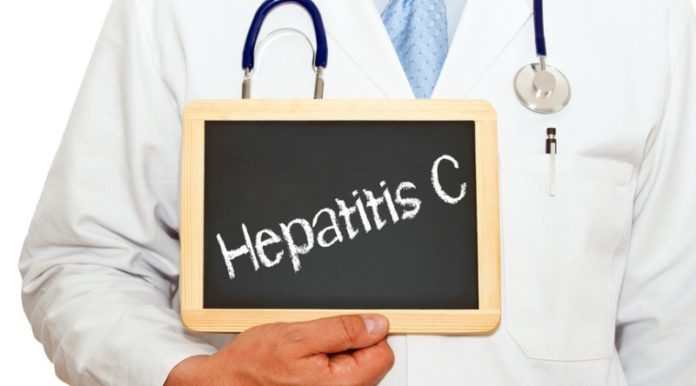
A new treatment regimen for hepatitis C, the most common cause of liver cancer and transplantation, has produced results that will transform treatment protocols for transplant patients, according to a study published this week in the New England Journal of Medicine.
The investigational three-drug regimen, which produced hepatitis C cure rates of 97 percent, is an oral interferon-free therapy. Previously, the typical treatment for hepatitis C after a liver transplant was an interferon-based therapy, usually given for 48 weeks. It had a much lower response r ate, carried a risk of organ rejection and was poorly tolerated because of the immunosuppressants required to prevent rejection.
The new oral regimen — ABT-450, ombitasvir and dasabuvir (with or without ribavirin) — produces significantly fewer side effects and is prescribed for 24 weeks.
First author Paul Kwo, M.D., professor of medicine at the Indiana University School of Medicine, called the results of the international clinical study a “landmark achievement.”
Dr. Kwo, who is medical director of liver transplantation at the IU School of Medicine and IU Health, said that cirrhosis caused by hepatitis C is the leading reason for liver transplantation in the U.S., and those patients have lower survival rates than patients transplanted for other causes of cirrhosis.
Patients with hepatitis C who receive a liver transplant have a 20 to 30 percent chance of developing recurrent cirrhosis within five years after transplant. Hepatitis C, which is usually asymptomatic until severe liver damage occurs, is transmitted by exposure to contaminated blood. The most common way to get hepatitis C is through intravenous drug use, with the Centers for Disease Control and Prevention estimating that 3.2 million individuals in the United States have contracted the hepatitis C virus.
In 2013, 6,400 liver transplants were performed in the U.S., according to the Organ Procurement and Transplantation Network, and nearly 50 percent of those patients had hepatitis C with or without liver cancer.
The phase 2, multi-center trial enrolled 34 liver transplant recipients with hepatitis C who did not have cirrhosis. Of those, 33 patients or 97 percent exhibited no sign of hepatitis C virus at 24 weeks after treatment with the new drug regimen, and none suffered transplant rejection. In a similar phase 3 trial of non-transplant patients with cirrhosis, a historically difficult patient group to treat, the same treatment regimen produced a 96 percent cure rate for hepatitis C.
“Recurrent hepatitis C post liver transplantation has historically been difficult to treat, and we have considered post-liver-transplant patients a special population in need of new treatment strategies,” Dr. Kwo said. “What this study showed is that this special population is no longer special. We can treat them as successfully as if they haven’t had a liver transplant with drugs that are well tolerated and without risk of rejection.”
The results from this study and a phase 3, multi-center randomized study will be presented this week at the 2014 the American Association for the Study of Liver Disease annual meeting in Boston, Mass.
